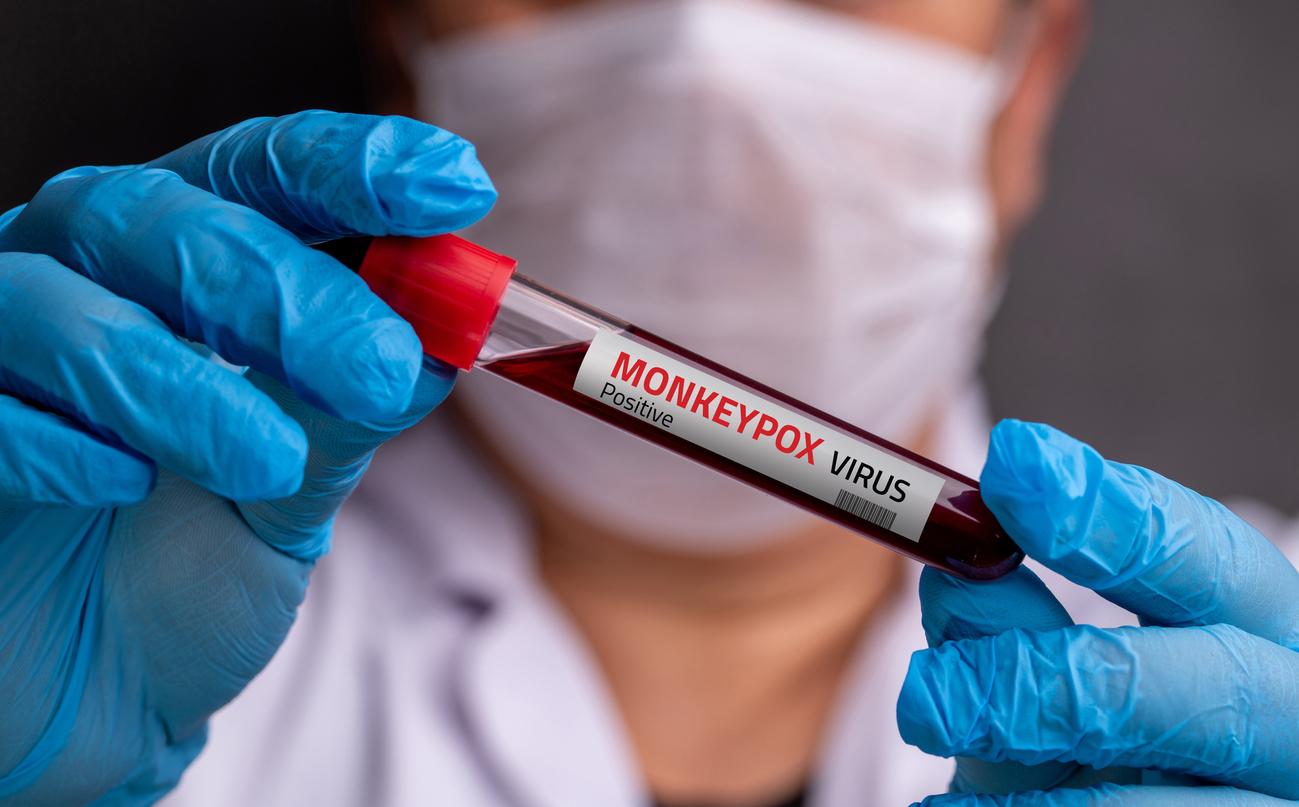American scientists may have found a way to fight against the contamination of the air by the influenza virus and tuberculosis. They tested the effects of a specific ultraviolet lamp which they claim to have no side effects for humans.
These researchers from Columbia University in New York in the United States published the results of their study in the journal Scientific Reports. To arrive at this finding, they exposed common strains of influenza (H1N1) to a very light light located in the far UVC (222nm wavelength).
The virus 95% inactivated
This light inactivated viruses at 95%, an efficiency similar to a conventional germicidal UV light, used in particular to disinfect surgical equipment. But this conventional light poses a danger to human health, which can lead to “skin cancer and cataracts,” says David Brenner, one of the study’s authors in a statement.
The scientific team therefore worked on so-called distant UVCs, which they claim to have no side effects for humans. This light has a limited range and can only reach “viruses and bacteria (which) are much smaller than human cells, ultraviolet light can reach their DNA and kill them”, continues the researcher.
The lamp costs around $ 1,000 (or 800 euros), as reported Futura Health. This represents a reasonable expense compared to hoped for. Its use would be intended mainly for public places such as hospitals or airports in order to prevent the spread of microbes, which is very useful in particular in times of epidemics.
Read also :
1 in 5 French people ended the year sick
Flu: you can spread the disease just by breathing
Flu increases heart risk
















